On the road to recovery with Matt Russell
Matt Russell was hit by a car during the IRONMAN World Championships in Kona last year, and I had a chat with him about that crash, the road to recovery, IRONMAN Texas, drafting and much more. The interview took place while he was in Mooresville, NC at the A2 Wind Tunnel last week to find more speed.
Slowtwitch: Matt how are you my friend?
Matt Russell: I am well and happy to be alive and sitting with you.
ST: Most folks are likely happy to be alive, but few have experienced what you have. So where are you in terms of recovery?
Matt: I am definitely not 100% and I am taking each day as it comes. I just really appreciate every day and have been spending a lot of time with my family and my son who is almost 11 months now.
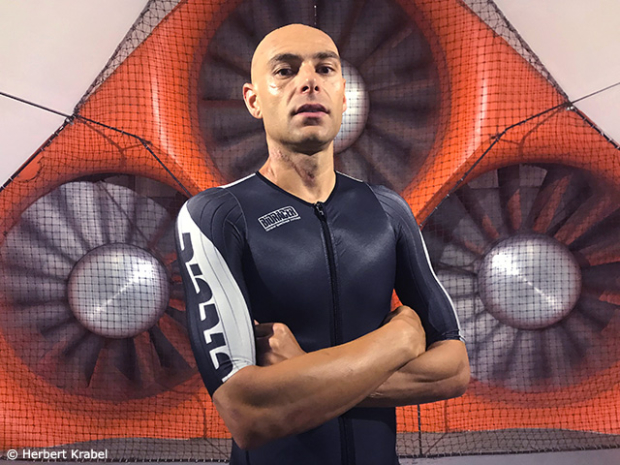
ST: Looking back at the 2017 IRONMAN World Championships, how did you feel leading up to the race and how ready were you?
Matt: I felt really strong and felt ready to crack the top ten. The year before I finished 12th and coming into the 2017 race I felt I was in the best shape of my life. My power numbers and my running splits were right there to crack the top ten.
ST: Two days before the race Tim Don was hit by a car and that ended his race. Other than feeling bad for him, did that impact you mentally?
Matt: Anything can happen when you are training, and I have been hit before [in training] by a car back in Colorado, and that resulted in a broken wrist. Thankfully I wasn’t a triathlete back then so it did not affect my swimming. For the last few years I have been doing all my training on the trainer and last year I rode twice outside. Once in Sarasota and a week before Kona I rode the whole course. And I still do all my riding inside.
ST: So you are saying while training in Kona you only rode outside once?
Matt: Yeah, yeah. I pretty much always ride inside because it is safer and I like the consistency and I get into a zone. Not many people do it, but I know Lionel Sanders does most of his training inside and the same is true with Andy Potts. I have been doing this now for several years.
ST: Is it more about safety or consistency?
Matt: It is a combination of both. I have lived in 8 states the last few years and have traveled around a lot, and that being said you don’t really know the safe roads, location of the stoplights, the directions, locations of bathrooms and food, and thus it is nice to just bring a trainer with you. So wherever I am I can just hop on the trainer and just go.
ST: What kind of trainer do you use and do you Zwift or TrainerRoad etc?
Matt: I have four trainers and each one has a purpose. My latest edition are the e-motion InsideRide rollers. Uses my stability muscles to mimic riding outside. I have a Stages spin bike. It’s very smooth and quiet. I use that for more recovery/easy riding and I can watch a movie in the living room with my wife. I have a Wahoo Kickr on which I do my very hard intensity sessions. I also have a travel trainer that’s 15 pounds that fits in a suitcase. Most of the time I don’t use anything and just listen to music and podcasts. I do use both TrainerRoad and Zwift sometimes too. As you can tell, I like to have a good variety.
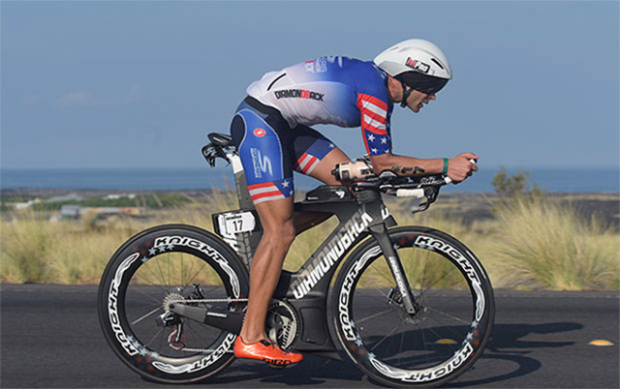
ST: Back to Kona 2017, what do you recall from that horrific accident?
Matt: I don’t remember anything. I remember the swim and starting the bike with Lionel Sanders, Sebastian Kienle and that group. But other than that I remember anything and that is a blessing. My mind has erased the accident.
ST: What do you remember post accident?
Matt: Waking up and asking my dad who had won the race. My mind was not there and for 2 hours I kept asking the same 5 questions, over and over again.
ST: Talk about your road to recovery, and did you think at some point or points that this may be it.
Matt: Yes, I definitely thought this could be it. But it was not just a question for myself – it also had to be good for my family. If my wife was supportive for me to continue, I was on board too. I love swimming, biking and running and I feel that I have not hit my potential yet. I am still learning and growing every year. There have been times when I thought maybe I should hang it up, but my heart is not yet ready to give it up.
ST: When was your first race back?
Matt: My first race back was 70.3 Texas.
ST: Did you feel cautious?
Matt: I think there were a bundle of emotions. I wasn’t even sure if I could finish, so getting to the start line was a victory and doing the race was another victory. And finishing was another victory and time and place did not really matter. Obviously I am pretty competitive, so I wanted to do well but it is tough to explain what was going through my head.
ST: What about your head?
Matt: I still have issues and have done cognitive tests. I forget some things, and my wife says things and I don’t remember her saying that. Sometimes I mix words up, and instead of saying I have 50 miles on these shoes I might say I have 50 shoes on these miles. The thing is I personally think that I am ok, and that I am saying them the correct way, but my wife says “no, you said it that way.” The good thing is that I get to watch movies that I don’t remember watching at all. I then say I have never watched this and my wife tells me that I have watched it three times before.
I also had completely severed my SCM muscle and my jugular, and was millimeters away from the carotid artery. That is how close it was, and my neck still bothers me. And during IRONMAN Texas and a bit during training it was very evident that my rhomboid and shoulders were working overtime for my neck muscles. They were on fire. I am still working on rehab and I am definitely not 100%.
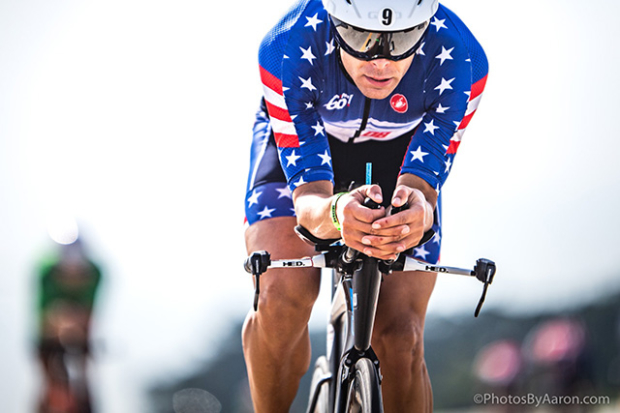
ST: Talk about IRONMAN Texas.
Matt: I am pretty stubborn and am also pretty hard on myself. But I think pretty much all athletes are hard on themselves. I also needed to remind myself that the accident was only 6 months ago. I am expecting a lot from the body and I want it to be 100% because my heart is in it 100%, but I still have to continue to be patient. All things considered it was a pretty good swim for me, a pretty good bike and I just could not hold it together for the run.
ST: Can you describe the bike segment and how much power you put out at various stages of the race?
Matt: The course is flat and there was no wind and it took me 40 miles to catch the lead group, and during those first 40 miles I was averaging just a touch over 300 watts and I am 161 pounds [73 kgs] and I was averaging 27.4 miles an hour. Once I caught the lead group I hung behind them. First of all there were 15 guys and it made no sense to pass them. So I sat 6-8 bike lengths back and I try to ride very conservative, and I was averaging 225 watts then and the pace slowed down to 26.4 miles an hour during that 30 mile section. I then tried to break away and that lasted 12 miles, but unfortunately I was not able to get away. My average power then was 300 watts and I did not shed anyone. During those 12 miles the average speed went up to 29.4 miles an hour, and one reason why I think I went a little faster is because during the second loop we caught age groupers and were able to slipstream past them. After those 12 miles Matt Hanson went to the front and I kept a 6-8 length space and surely enough by the end of the ride everyone had kept on slotting in front of me and to my eyes it appeared like everyone was riding a bit closer than what they should. Seemed to be 3-4 bike lengths, but since there were no officials there was no judgment.
ST: Explain to folks the advantage of riding the proper legal distance in such a group.
Matt: It is a huge advantage. A little bit if you are the second person, and Tyler Butterfield was the one who told me about that. Back in the day I wasn’t a strong enough swimmer to really catch that group, but now I am a strong enough swimmer and cyclist to bridge up. So if you are the second person back you might be saving maybe 10-12 watts, or could be 20 watts, but if you are the fourth of fifth person then you are saving significantly. I think Tyler Butterfield said about 40 watts. I was way in the back and I was very conservative with how close I got, and my watts dropped significantly. I almost becomes a long distance draft legal race. Swim as fast as you can, sit in during the bike and try to do as little work as you can, and then run a sub 2:40 marathon. A lot of guys ran that fast at IRONMAN Texas because of that. On a flat course like that it definitively changes the dynamics.
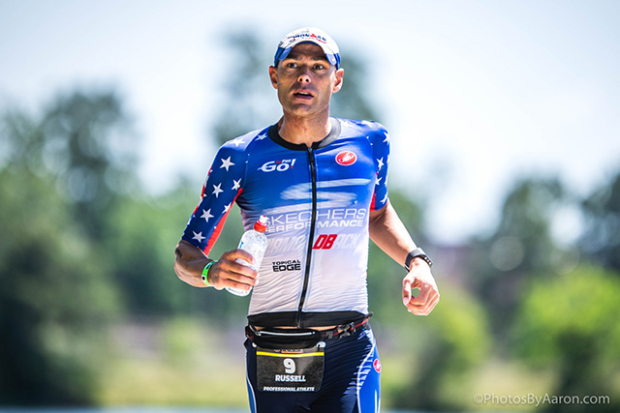
ST: What kind of race is fair? Smaller races?
Matt: A race that is probably more fair would be one that has a lot of hills, because the hills break up the groups. And yes if the races are smaller, there might only be 3 or 4 people working together, which is fairer than a group of 15 people. Riding together on a flat course. I was mentioned on slowtwitch before that it would be great if the IRONMAN North American Championships would be held at St. George, because it is a very tough course. I think it would be awesome if it were at such a venue, but who knows if that ever will happen.
ST: If you had a choice, what should happen?
Matt: The tougher – the better. For me triathlon is who is the best swim, bike and runner, and not who is the best at swimming, who is the best at being at legal draft distance and conserving all the energy and to just run everyone down. For me it would be awesome to have some kind of triathlon where it would be almost like a time trial start, like every minute someone gets to go. I think everyone wants a fair race. But someone who is possibly coming from an ITU background where their swim is really strong but their cycling not so much, but their run is really strong, they tend to do courses like IRONMAN Texas. I have been the only Pro who has raced IROMAN Texas every single year. But with the way it was run it makes me question if I want to do that race again. It does not suit to my strength, as I am a very strong cyclist and runner. That being said, I still finished second a couple of times and one of those times it was the IROMAN North American Championships, when Patrick Lange ended up winning it.
ST: We hope that your recovery is moving along, so we get to see you at 100% back at the starting line.
Matt: Yeah, that is the plan. My time in triathlon is not yet done, and the crash might have slowed things down, and made me appreciate life a bit more. I race because I love to race. I know a lot of people do triathlon because they need an outlet, and the best thing for me has been getting on the bike again, running again and swimming, because it is my therapy and I am in tune with my body. I think that is why a lot of people gravitate towards triathlon, and it is great that I can typically share it with 2,000 other athletes at the same time on the same course. I hope to be back there and hopefully stand on the top of the podium on day.
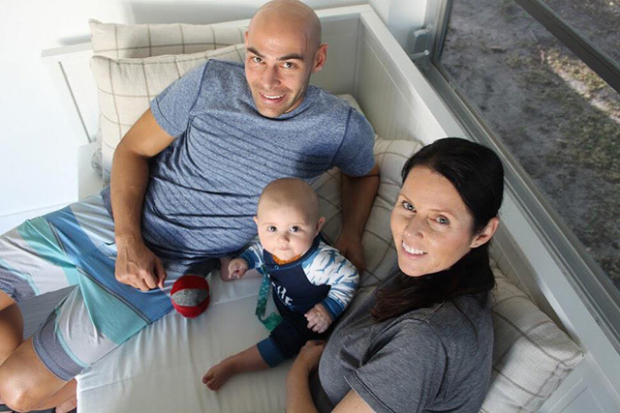
ST: We wish you the best of luck.
Matt: Thanks Herbert.
Images 3 and 4 are © and courtesy of Aaron Palaian / PhotosbyAaron.com
You can follow Matt Russell on Instagram via @mattrusselltri


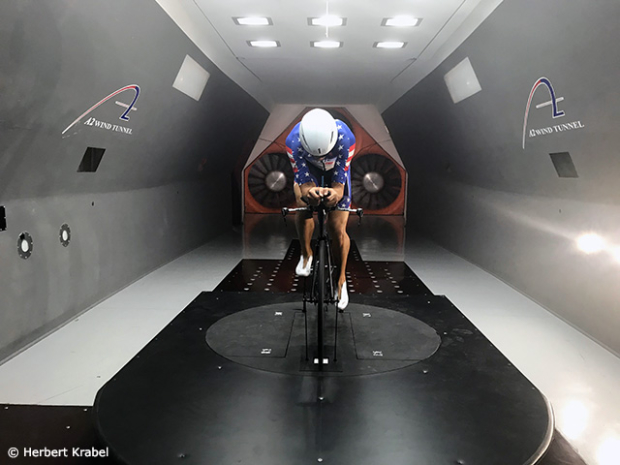
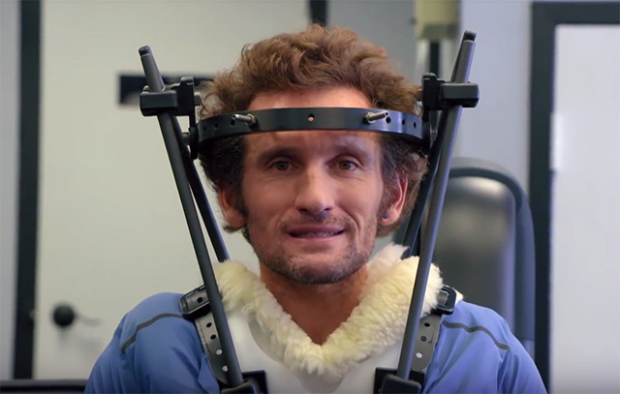
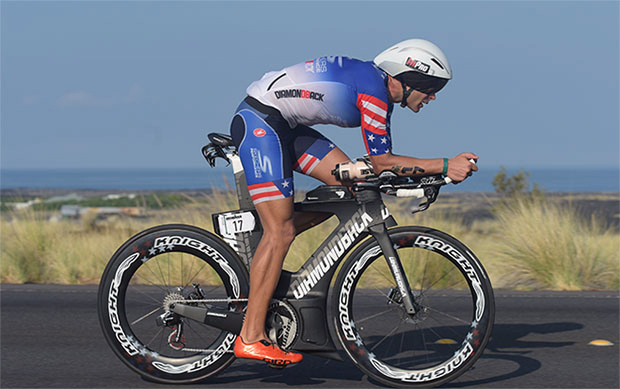
Start the discussion at slowtwitch.northend.network